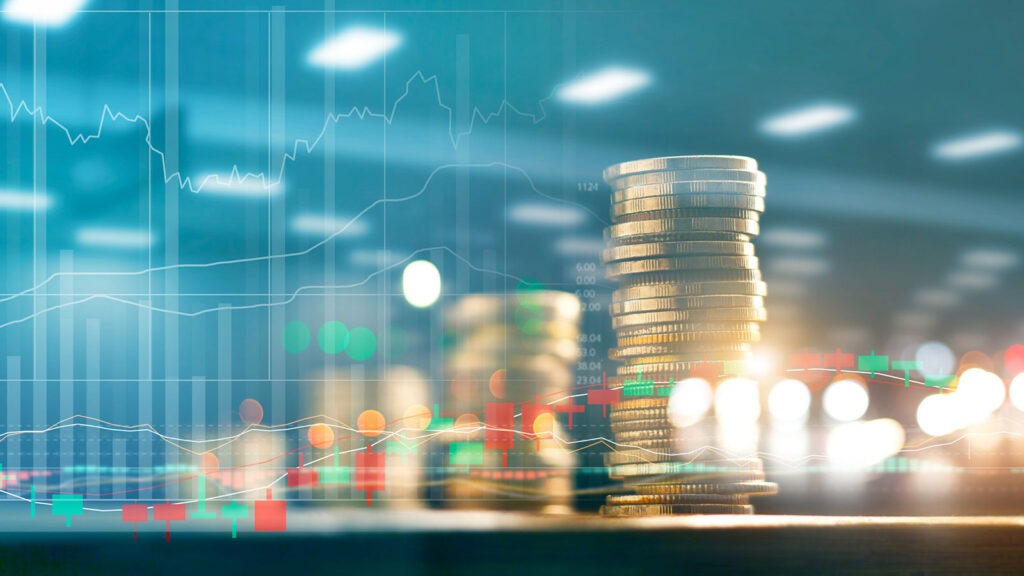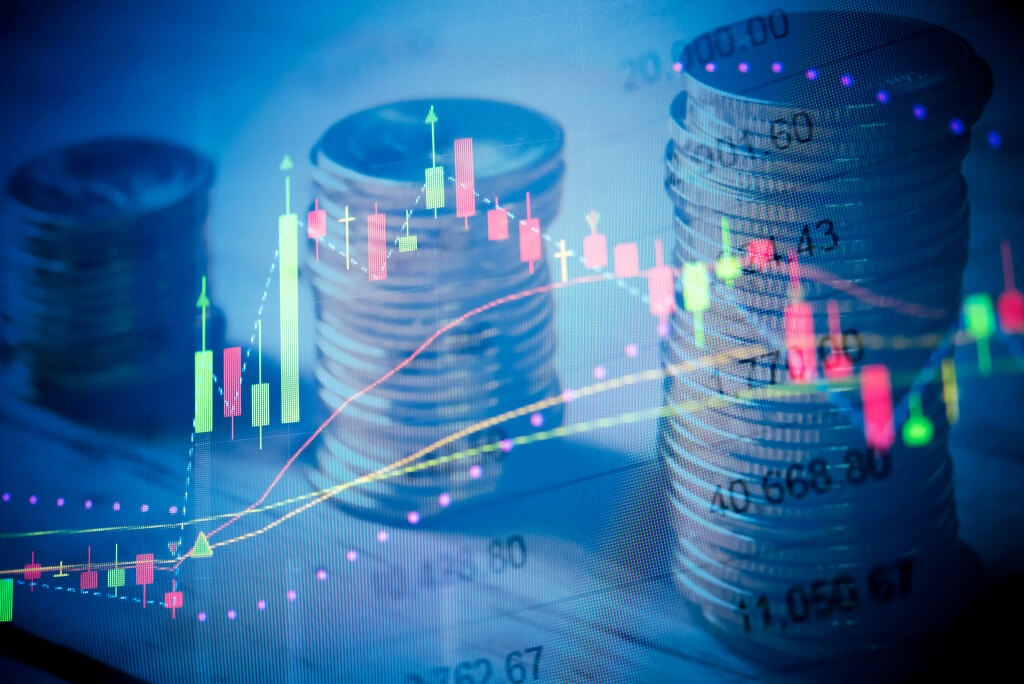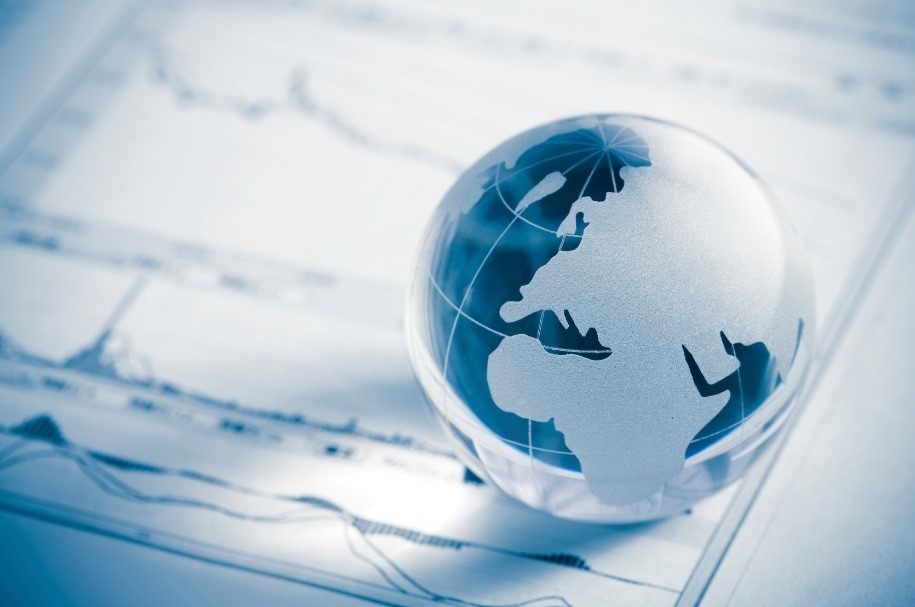Evaluating Global Investment Opportunities
Unlike past investment types, there are many digital and global investment opportunities today. Investors of all ages can access a wide range of investment options, both large and small. Although global investment opportunities offer many advantages because they are easily accessible, it is recommended that the economic conditions and special market conditions of different countries be analyzed.
When evaluating global investment opportunities, local dynamics such as political stability and sectoral potential should be followed. Portfolio diversification strategies are quite effective in reaching the most profitable opportunities. It would be beneficial to manage multiple portfolios with different investment types, not just one type of investment.
The issue of risk management should also be taken into consideration when evaluating global investment opportunities. Investors who manage global investment projects through exchange rates such as Forex should consider geopolitical risks. Different types of investments such as Forex, cryptocurrency, and real estate are evaluated on a global scale. In the vast majority of these, the entire process can be managed digitally.
What Are The Best Global Investment Opportunities Right Now?

Among the countless options, the most profitable global investment opportunities for investors are usually in sectors such as technology, renewable energy, cryptocurrency, and forex. These areas are the most popular and most profitable potential among global investment opportunities. Today’s most profitable investment types are generally digital. In today’s conditions, the best global investment opportunities with digital development can be listed as follows:
Artificial intelligence technology has been the most popular investment area in recent years. Many investors invest in artificial intelligence technology companies that provide services on a global scale from different parts of the world. Artificial intelligence companies and companies that use artificial intelligence technologies, both as shares and in start-up processes, are gaining a very strong position in the market.
The development of blockchain technology has also diversified global investment opportunities. Thanks to cryptocurrencies, thousands of investors manage their investment portfolios digitally on a global scale. The health sector is also one of the most preferred among global investment opportunities. Especially companies related to the aging population and medical innovations are receiving investments on a global scale. In addition to these, renewable energy sources such as solar and wind are also increasingly popular. This renewable energy sector is frequently preferred in terms of both sustainability and profitability.
How To Evaluate Global Investment Opportunities For Maximum Returns?
In order to maximize profitability in your investment portfolios, although it varies depending on the type of investment, local conditions of the countries, market trends and developments, countries and sectors offering different potential growth, and exchange rates are important factors. Some tips and strategies should be considered for the most profitable investment processes.
First of all, market research would be my first recommendation. You should research and analyze the current conditions of the country or sector you plan to invest in detail. In addition, you should benefit from basic and technical analysis tools. Thanks to today’s digital tools, investors of all levels can manage basic and technical analysis tools more practically.
Risk management is an important issue to benefit from global investment opportunities in the most efficient way. The risks carried by investments should be determined in advance. Not only financial conditions but also financial conditions should be taken into consideration. In addition, the diversification recommended for each investment model is very important. You should have mixed portfolios consisting of different asset classes, sectors, and countries. The long-term perspective is also very important. Short-term fluctuations occur in every sector, but being patient, staying away from emotional reactions, and constantly being informed about current developments are recommended for evaluating global investment opportunities.
What Are The Key Factors To Consider In Global Investment Opportunities?
If you are managing a global investment model, some factors and dynamics should be taken into consideration. The most critical factors to be considered in the management of global investment projects can be listed as follows:
- Political stability and future perspective
- Economic growth rates and economic management approach
- Exchange rates and analysis
- Tax regulations, special and local conditions, and taxes offered to foreign investors
- Potential of the country where the investment project is manage
For companies that provide services or products on an international scale to be evaluated in your investment projects, the country in which this company is located, the regulations it is subject to, and the currency in which it operates are the things that should be taken into consideration.
No matter which country you are managing an investment project in, even if that country is a developed country, political stability, and financial policies should be taken into consideration. Unexpected currency fluctuations or political crises in that country are developments that investors should be aware of.
How To Identify Emerging Global Investment Opportunities?
It may not be easy to determine global investment opportunities and create a future perspective. However, it is necessary to be aware of current investment trends. In addition to existing investment opportunities, some emerging global investment opportunities should also be discovered by investors. These are usually technologies and sustainable projects that are not very common. In addition, countries that promise potential growth should be discovered and the investment options of this country should be evaluated.
Popular investment models should be researched to determine emerging investment opportunities. In 2024, thousands of investors from different parts of the world are investing in artificial intelligence technology and companies that use artificial intelligence technology. I can say that artificial intelligence technology is the most popular among emerging global investment opportunities.
However, in addition to trending technologies such as artificial intelligence technology and machine learning software, sustainable projects also have the potential to bring profit in the future. Because day by day, the natural resources and sustainability of our planet are being eroded by people and capitalism. On the contrary, companies that offer projects will be more profitable in the future. These projects provide more returns both socially and financially. The electric car sector can be an example of this model.
What Are The Risks Involved In Global Investment Opportunities?

Although global investment opportunities are profitable projects, they also carry some risks. These risks are usually unexpected currency fluctuations, political crises, market volatility due to local conditions, and other economic recessions. Investors who want to evaluate investment opportunities should take some precautions against these risks. Investors are expected to be familiar with local market conditions in order to avoid these risks.
Thousands of people from different investment levels have to fight these risks while evaluating investment opportunities. For example, if an investor applies an investment model by purchasing shares from a company in the UK markets, he/she has to be informed about political and financial developments in the UK. Therefore, an investor with such a global investment portfolio should thoroughly evaluate the external and internal factors affecting the area he/she invests in.
In order to avoid possible risks while evaluating global investment opportunities, it is important to get help from expert financial advisors, follow financial news, and gain foresight skills about the possible outcomes of current political developments.
How To Diversify Your Portfolio With Global Investment Opportunities?
Instead of managing investment models only in the country you live in, you can diversify your investment portfolio by evaluating investment opportunities in addition to local investment options. Instead of managing your investment model based on only one country or a single company, you can diversify your investment portfolio in more than one way on different projects from different geographical regions and sectors. In this way, while a single investment type will be damaged in a possible crisis, other investment models in your portfolio will not be negatively affected and your financial stability will be maintained.
I can suggest the following distribution as an example of the process of managing a successful and profitable investment portfolio while evaluating global investment opportunities:
- 20% Real Estate (in country A)
- 20% Real Estate (in country B)
- 20% Shares (in sector C)
- 20% Shares (in sector D)
- 20% Cryptocurrency
In such a diversified investment portfolio, a crisis in country A or sector D cannot cause you to lose all of your assets. Sustainable projects can also be added to this distribution in the investment portfolio. Projects, where natural resources are used, are projects that have both financial and social returns for the future of our planet.
What Are The Most Profitable Sectors For Global Investment Opportunities?
The technology sector is at the top of the list of investment opportunities that investors are most interested in today. In addition to electronic products such as mobile phones or computers, artificial intelligence technology, and tools have been the most popular areas for investors in recent years. Investors who invested in world giant technology companies such as Apple 10 years ago have become wealthy over time and with the growth of these companies. As in the case of Apple, investing in important companies of the future today will be quite profitable.
In addition to technology, health, green energy, mobile finance applications, and innovative financial solutions are also profitable sectors. The health sector does not stop growing or strengthening even in any crisis. For this reason, I recommend that you allocate a place in your portfolio for those in the health sector among global investment opportunities. For example, investments made in the company that launched a vaccine product during the pandemic period have provided very profitable returns for shareholders.
Green energy is also an area with the most profitable investment opportunities of recent years. Developments in this field should be followed, and companies that produce alternatives to the limited resources in the world and encourage the use of renewable energy sources should be investigated. Because in the near future, the demand for such companies will increase and investors who allocate a share to green energy in their investment projects will have profitable portfolios.
How Do Geopolitical Events Affect Global Investment Opportunities?
I mentioned that there are many risks even in profitable global investment opportunities. These risks usually depend on the results of geopolitical events. When we say geopolitical events, we mean communication with neighboring countries based on trade agreements, international sanctions, and political tensions. Such events have direct effects on the markets. Therefore, investors need to follow geopolitical events to be more successful in market analysis.
If I have to give an example of this subject, I can talk about Russia’s invasion of Ukraine in 2022. Since Russia is one of the world’s largest actors in both oil and natural gas fields, European countries imposed sanctions on Russia in this regard after the invasion of Ukraine. Shareholders who invested in Russian companies in the energy sector experienced losses during this period.
After this war, there were unexpected fluctuations in foreign exchange rates due to the energy crisis in Europe. Popular foreign exchange rates such as the Euro or Sterling weakened, and the US dollar, which has always been a safe haven for investors, strengthened. This example can be given as a direct example of the effects of geopolitical developments.
What Are The Best Countries For Global Investment Opportunities?

Many countries offer investment opportunities today. Among these, the countries that have the most profitable projects in terms of investment opportunities can be listed as follows:
- USA
- China
- India
- Germany
- Singapore
The USA, as a very strong country in almost every sector, can be preferred at the top of investment portfolios for investment in almost every sector. Potentially the most profitable companies are located in this country, not only in the field of technology but also in sectors such as the defense industry, medicine, health, and green energy.
After the USA, the strongest and most profitable investment point may be China. China, one of the countries with the largest trade volume in the world, has been continuing its growth with significant investments in recent years. Therefore, developments in China should also be followed when evaluating global investment opportunities. In addition to the USA and China, different countries such as India, Germany, and Singapore may also be potentially profitable choices.
How To Use Economic Indicators To Evaluate Global Investment Opportunities?
Economic indicators describe statistics that are defined as financially determinative, such as growth rates, unemployment rates, inflation, and interest rates. Investors who want to manage profitable investment portfolios through investment opportunities can create a future perspective and analysis by looking at the economic indicators of countries.
The most popular economic indicator is gross domestic product. By looking at a country’s gross domestic product rates, we can potentially have an idea about the country’s growth rate. In light of this analysis, our investment decisions can be reshaped. Similarly, unemployment rates and interest rates are statistics that foreign investors should consider when evaluating global investment opportunities.
See you in the next post,
Anil UZUN
